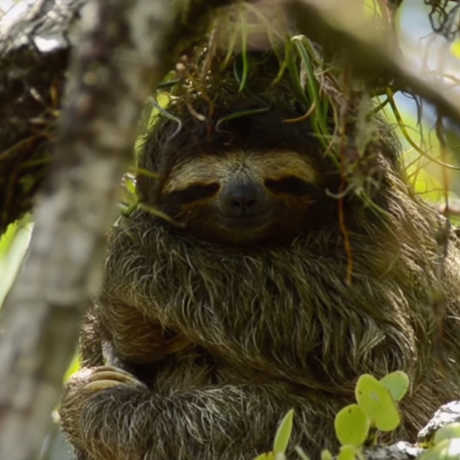Science News
Restoration Success! Channel Island Foxes Rebound

Just over a decade ago, foxes native to California’s Channel Islands were precariously close to extinction. At their lowest, populations of three fox subspecies plummeted by over 90 percent, leaving just 15 individuals on Santa Rosa Island, 15 on San Miguel Island, and 55 on Santa Cruz Island.
But wait—there’s good news!
This month, in the fastest recovery of any mammal listed under the Endangered Species Act (ESA), these three subspecies were officially de-listed by the U.S. Fish and Wildlife Service. A fourth subspecies, the Santa Catalina Island Fox, may soon follow; though still threatened by disease, it was recently upgraded from “endangered” to “threatened.”
Collaboration by the National Park Service, the Nature Conservancy, and the Santa Catalina Island Conservancy is credited with achieving the island fox comeback. It marks the 37th species removed from the ESA list by restoration since the law’s enactment in 1973.
“The remarkably rapid recovery of the island fox shows the power of partnership, focus, and science,” said Scott Morrison, Director of Conservation Science at the Nature Conservancy. “Many aspects of this recovery effort—from its scientific rigor to the collaborative enterprise that drove it—can serve as a model to advance conservation elsewhere.”
Engineering the foxes’ recovery required a view of their interdependence with other species and their human-influenced history.
While the origin of their arrival is unknown, fossils indicate the foxes inhabited the Channel Islands for thousands of years and were once among the top predators, feeding on lizards, birds, deer mice, and plants.
Their initial decline was likely spurred by the introduction of domesticated animals by human settlers in the late 19th century. Canine distemper, a viral illness spread by dogs, still threatens fox populations, particularly on Santa Catalina Island.
Predatory golden eagles posed an even larger threat to foxes a century later. After DDT ravaged local fish populations, native (fish-eating) bald eagles fled, helping golden eagles—lured to the islands by feral pigs as a food source and foxes for snacks—to thrive in their absence.
The restoration team employed an aggressive mix of approaches to restore balance to the ecosystem: reestablishing native bald eagles populations, removing feral pigs, and relocating golden eagles to the mainland. A captive breeding and release program reintroduced hundreds of foxes to the wild, which were vaccinated to prevent the spread of canine distemper.
It worked exceedingly well.
At last year’s count, there were roughly 700 foxes on San Miguel Island, 1,200 on Santa Rosa Island, and 2,100 on Santa Cruz Island. The Santa Catalina Island population, still threatened, is estimated at 1,800.
The success of the Channel Island foxes contributes to a record high for species recovery in 2016, with six species delisted since January. This is quite speedy, considering the first 31 were spread over three decades.
What accounts for this increased success rate?
In part, the isolated island ecosystems may have made fox recovery simpler than it would be for a mainland species. We may also be achieving progress because of adequate resource allocation, Noah Greenwald, director of endangered species at the Center for Biological Diversity, suggested to Nature. The success “also reflects the fact that the Obama administration has been putting more resources into processing delistings for recovered species, in an effort to counter attacks from Republicans in Congress who say the law has a poor success rate,” he said.
Indeed, the Obama administration has overseen more species recoveries (19) than all other administrations combined since the ESA was enacted.
A major impediment to the pace of species recovery remains the bureaucratically arduous process for listing them. A recentstudy found it takes an average of 12 years for a species to be listed, despite the law laying out a two-year timeline.
Nevertheless, the success of the Channel Island foxes adds important credibility (and a very cute face!) to the species protection effort. “That’s the power of the ESA—not just to protect rare animals and plants on paper, but to drive focused conservation that gets dramatic results,” said Dan Ashe, director of Fish and Wildlife. “More than 300 experts, non-profit organizations, state and federal agencies came together to not only prevent the extinction of Channel Island foxes, but to fully restore them in record time. That’s something to celebrate!”
Image: Chuck Graham/US Fish and Wildlife


